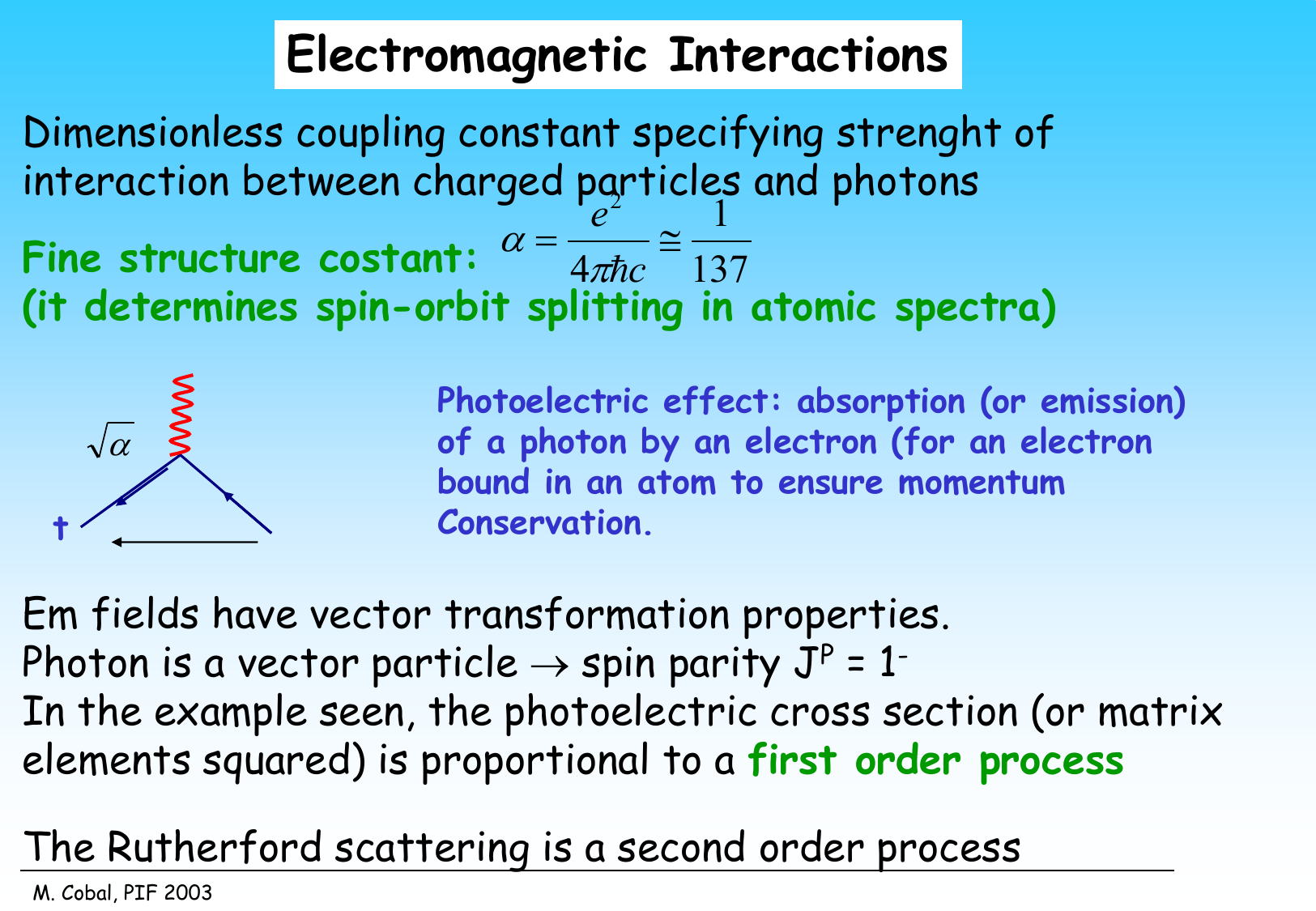Electromagnetic Interactions
- Get link
- Other Apps
Electromagnetic Interactions: Understanding the Forces of Nature
Introduction:
Electromagnetic interactions are fundamental forces that govern the behavior and interactions of charged particles. These interactions play a vital role in shaping the physical world around us, from the simplest atomic processes to complex phenomena in nature. In this article, we will explore the nature of electromagnetic interactions, their significance, and their applications in various fields of science and technology.
Understanding Electromagnetic Interactions:
Electromagnetic interactions are a result of the electromagnetic force, which is one of the four fundamental forces of nature, along with gravity, weak nuclear force, and strong nuclear force. The electromagnetic force arises from the exchange of virtual particles called photons between charged particles. It can be both attractive and repulsive, depending on the nature of the charges involved.
Properties of Electromagnetic Interactions:
To understand electromagnetic interactions better, let's explore some of their key properties:
1. Electric Charges: Electromagnetic interactions occur between charged particles, which can be positive or negative. Like charges repel each other, while opposite charges attract. Electric charges can exist in discrete amounts, such as the charge of an electron, which is the basic unit of negative charge.
2. Coulomb's Law: Coulomb's law describes the magnitude of the electrostatic force between two charged particles. It states that the force is directly proportional to the product of the charges and inversely proportional to the square of the distance between them. This law quantifies the strength of electromagnetic interactions between charged particles.
3. Electromagnetic Fields: Charged particles create electric fields and magnetic fields in their surrounding space. These fields are responsible for exerting forces on other charged particles. Electric fields arise from stationary charges, while magnetic fields arise from moving charges or changing electric fields.
4. Electromagnetic Radiation: Moving charges can emit electromagnetic radiation, which consists of oscillating electric and magnetic fields. Electromagnetic radiation includes various forms such as radio waves, microwaves, infrared radiation, visible light, ultraviolet radiation, X-rays, and gamma rays. Each form corresponds to a specific range of wavelengths and frequencies within the electromagnetic spectrum.
Applications of Electromagnetic Interactions:
Electromagnetic interactions have numerous applications across different scientific disciplines and technological fields. Here are a few notable examples:
1. Electronics and Telecommunications: The manipulation of electromagnetic interactions has revolutionized the field of electronics and telecommunications. Devices such as computers, smartphones, and telecommunication systems rely on the control and transmission of electric signals through conductors, semiconductors, and electromagnetic waves.
2. Electromagnetic Imaging: Techniques such as magnetic resonance imaging (MRI) and computed tomography (CT) use electromagnetic interactions to create detailed images of internal body structures. MRI uses powerful magnetic fields and radio waves, while CT uses X-rays to capture images for medical diagnosis and research.
3. Optics and Photonics: The field of optics studies the behavior of light and its interaction with matter. It encompasses various technologies such as lasers, fiber optics, and holography. These technologies utilize electromagnetic interactions to manipulate light for communication, data storage, imaging, and precision measurements.
4. Electromagnetic Spectrum Applications: Different regions of the electromagnetic spectrum find applications in diverse fields. Radio waves are used for communication and broadcasting, microwaves for cooking and telecommunications, infrared radiation for remote sensing and thermal imaging, ultraviolet radiation for sterilization and fluorescence, X-rays for medical imaging and security screening, and gamma rays for cancer treatment and nuclear research.
5. Material Science and Engineering: Electromagnetic interactions play a vital role in material science and engineering. Understanding how electromagnetic forces interact with materials enables the development of new materials with specific properties, such as superconductors and semiconductors. Electromagnetic interactions are also employed in technologies like magnetic levitation, induction heating, and magnetism-based energy conversion.
Conclusion:
Electromagnetic interactions are essential forces that shape the physical world and govern the behavior of charged particles. These interactions arise from the exchange of virtual photons and exhibit attractive or repulsive forces between charged objects. Understanding electromagnetic interactions has led to significant advancements in various fields, including electronics, telecommunications, medical imaging, optics, material science, and engineering. Harnessing the power of electromagnetic interactions has transformed our lives and continues to drive innovation and scientific discovery. By exploring the intricacies of electromagnetic interactions, we gain a deeper understanding of the forces that govern the universe and pave the way for future technological advancements.
- Get link
- Other Apps

Comments
Post a Comment